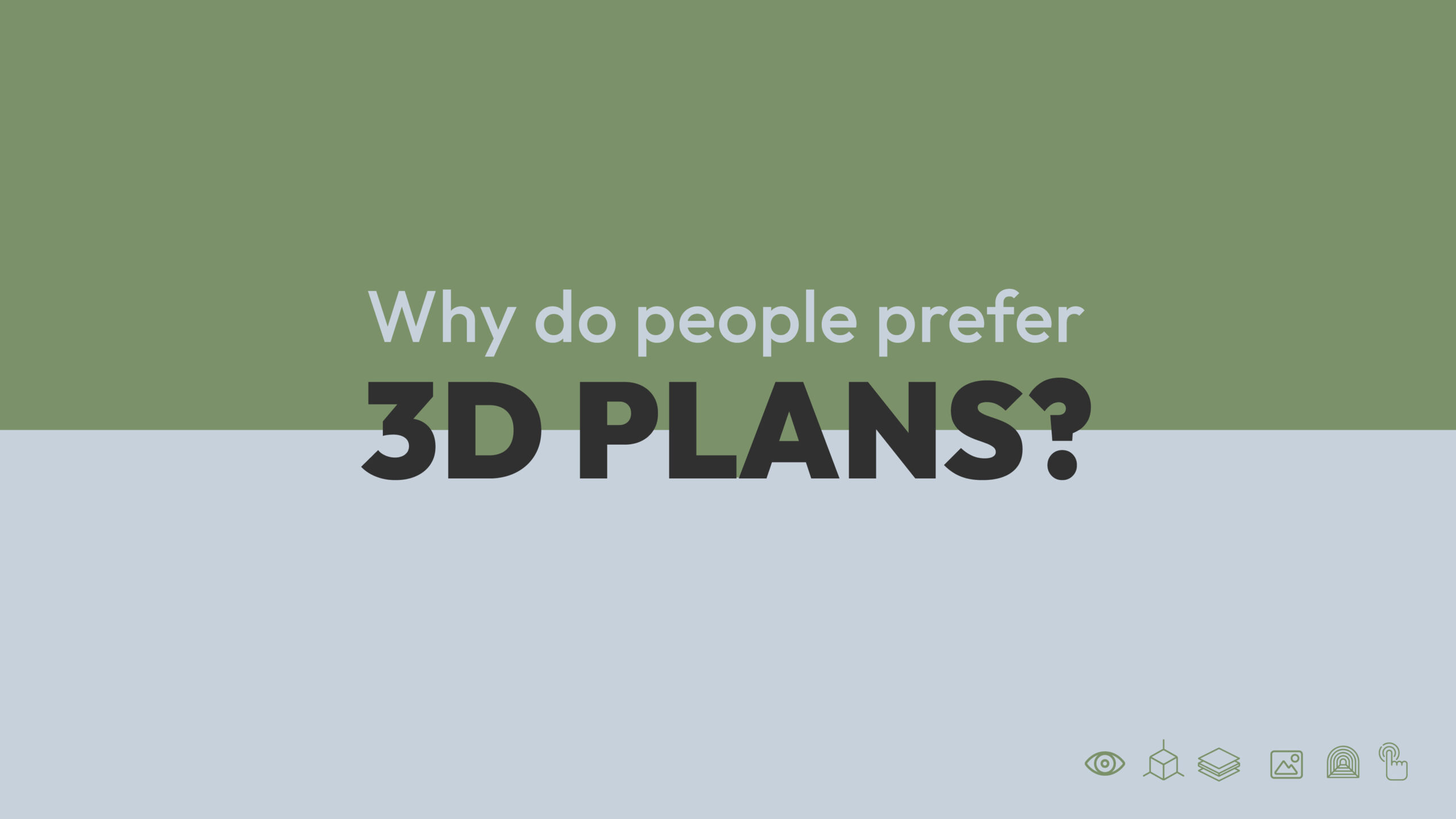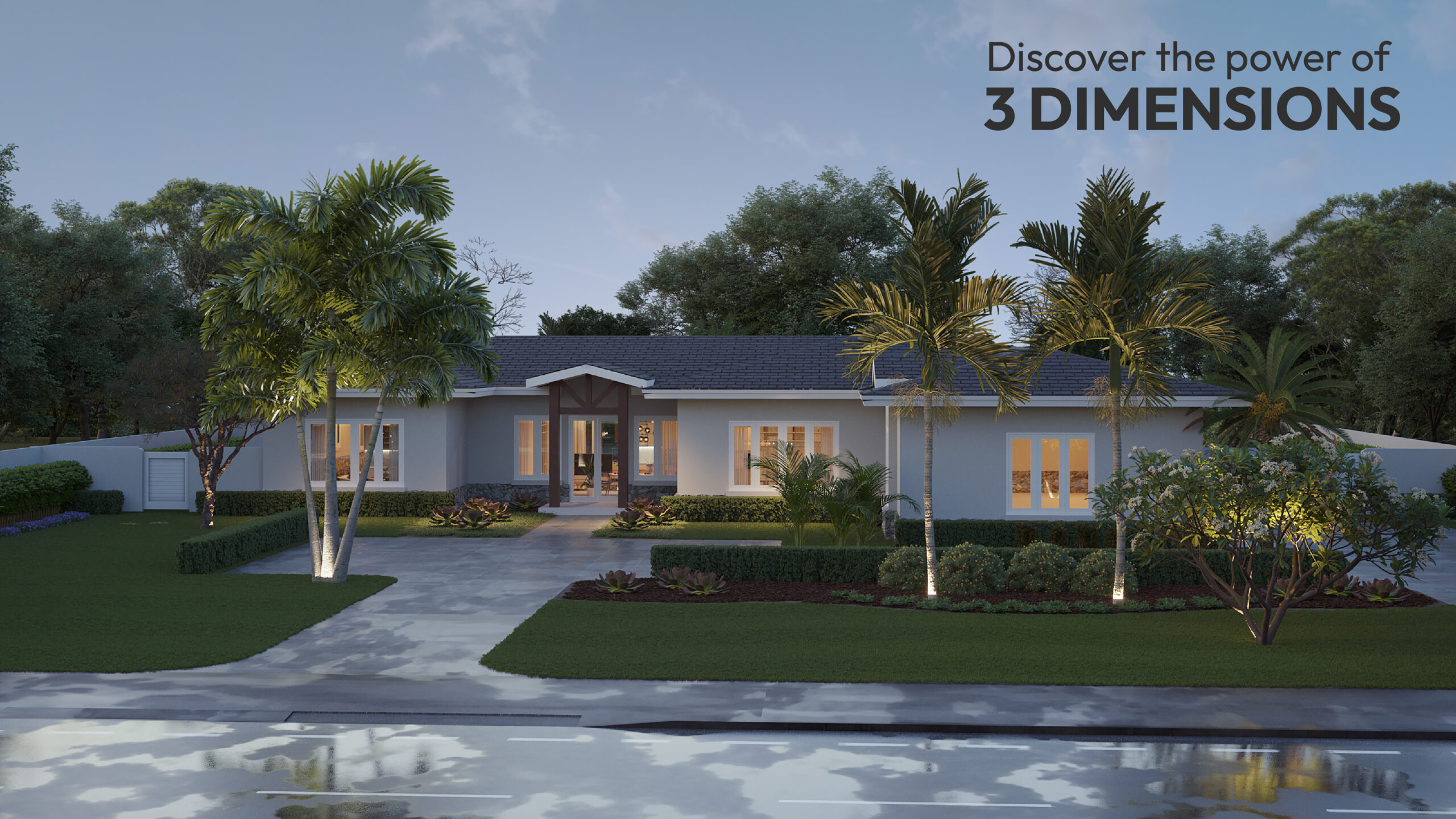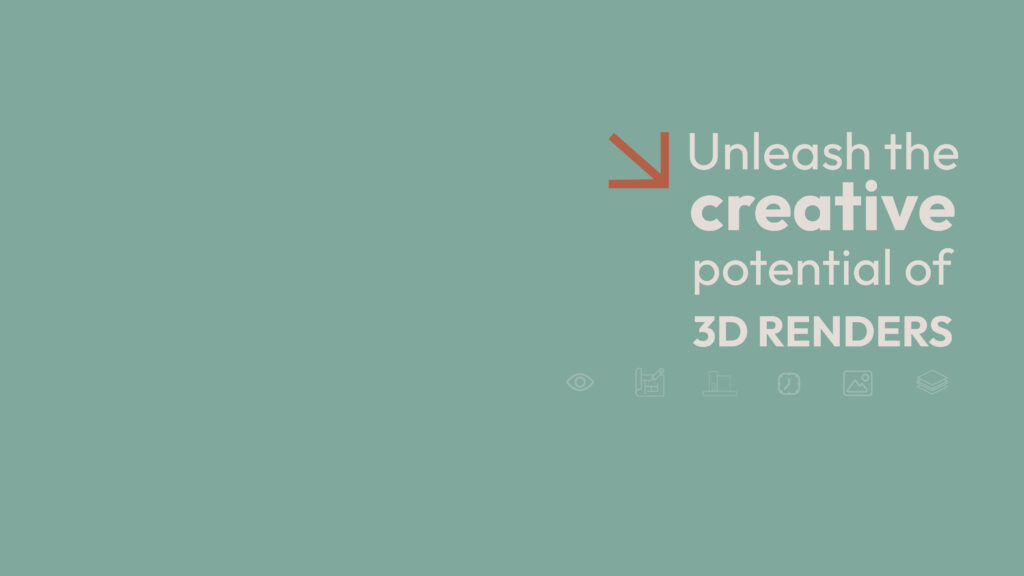26 Sep Unveiling the visual majority: The statistics on the preference for 3D plans
In a world dominated by visual stimuli it is no surprise that individuals possess diverse learning and comprehension styles. While some people excel at absorbing information through text or verbal instructions others thrive when they have the opportunity to visualize and perceive the world in three dimensions. In this post we delve into the realm of visual perception and explore the statistics surrounding the number of people who rely on 3D plans rather than traditional 2D plans. Let’s uncover the fascinating insights that shed light on the prevalence of this preference in our society.
-
Understanding visual learners:
Visual learners are individuals who grasp information more effectively when it is presented in a visual format such as images, diagrams or videos. They rely on visual cues to understand complex concepts, spatial relationships and patterns. The use of 3D plans caters precisely to their cognitive strengths as it provides a realistic representation of objects and spaces.
-
The power of three dimensions:
Research has shown that visualizing objects and environments in three dimensions enhances understanding and recall. By adding depth and spatial context 3D plans enable individuals to perceive proportions, distances and perspectives more accurately. This visual medium helps people overcome the limitations of 2D representations leading to better comprehension and problem-solving abilities.
-
Architecture and design:
In the field of architecture and design, the preference for 3D plans is especially pronounced. Architects, interior designers, and urban planners often employ 3D modeling software to create realistic representations of their designs. This not only aids in visualizing the final product but also facilitates communication between professionals and clients. By allowing clients to see their projects from various angles and perspectives, 3D plans enable better decision-making and reduce misunderstandings.
-
Educational benefits:
In educational settings, incorporating 3D plans can have a profound impact on learning outcomes. Studies have found that students who are exposed to visual aids, including 3D models, exhibit improved comprehension, retention, and problem-solving skills. The interactive nature of 3D plans helps students engage with the subject matter, promoting a deeper understanding of complex concepts in various disciplines, from biology and physics to geography and history.
-
Virtual reality (VR) and augmented reality (AR):
Technological advancements have brought about the rise of virtual reality (VR) and augmented reality (AR) applications. These immersive technologies allow individuals to experience 3D plans in a more interactive and realistic manner. From architectural walkthroughs and virtual museum tours to surgical simulations and training programs, VR and AR provide unparalleled opportunities for visual learners to explore and understand complex environments.
-
Statistics on preference for 3D plans:
While exact statistics on the preference for 3D plans versus 2D plans may be challenging to obtain, multiple studies indicate the widespread appeal of visual and three-dimensional representations. Surveys conducted across various sectors, including education, design and marketing consistently reveal a substantial portion of the population that benefits from visual learning tools.
-
Implications for communication and design:
Acknowledging the prevalence of visual learners and their preference for 3D plans has crucial implications for communication and design strategies. Professionals across industries can leverage this understanding to create more effective visual materials and presentations. Incorporating 3D elements, interactive media and immersive technologies can significantly enhance engagement, understanding and collaboration.
In an increasingly visual world the importance of catering to diverse learning styles, particularly visual learners, cannot be overstated. The statistics on the preference for 3D plans highlight the widespread need for visual representations that provide depth, context and interactivity. By embracing this preference and harnessing the power of three dimensions we can enhance communication, education and design.
Are you ready to dive deeper into the world of 3D plans and visual learning? Stay tuned for our next blog article where we’ll continue to explore the fascinating insights and practical applications of this preference. Whether you’re an architect, designer, educator or simply someone curious about the impact of visual learning, our upcoming content is sure to inspire.
In the meantime don’t miss out on our current articles and project showcases on Wow Renders’ blog. Join us on our journey to unravel the visual majority and unlock the potential of three-dimensional understanding.






